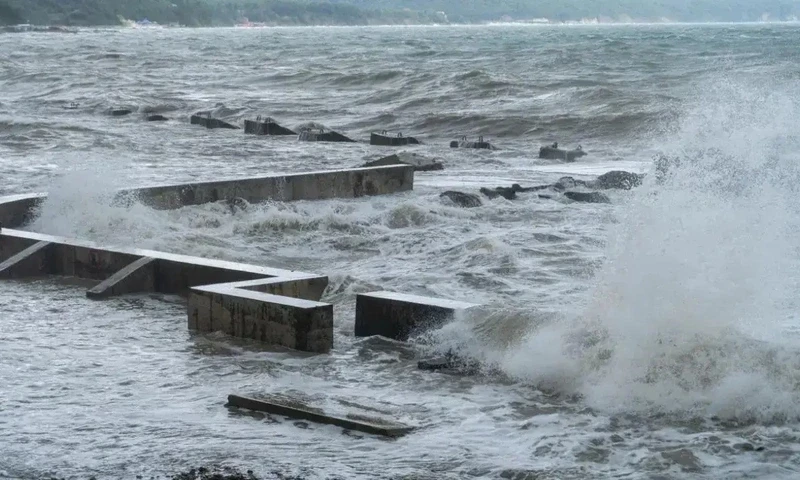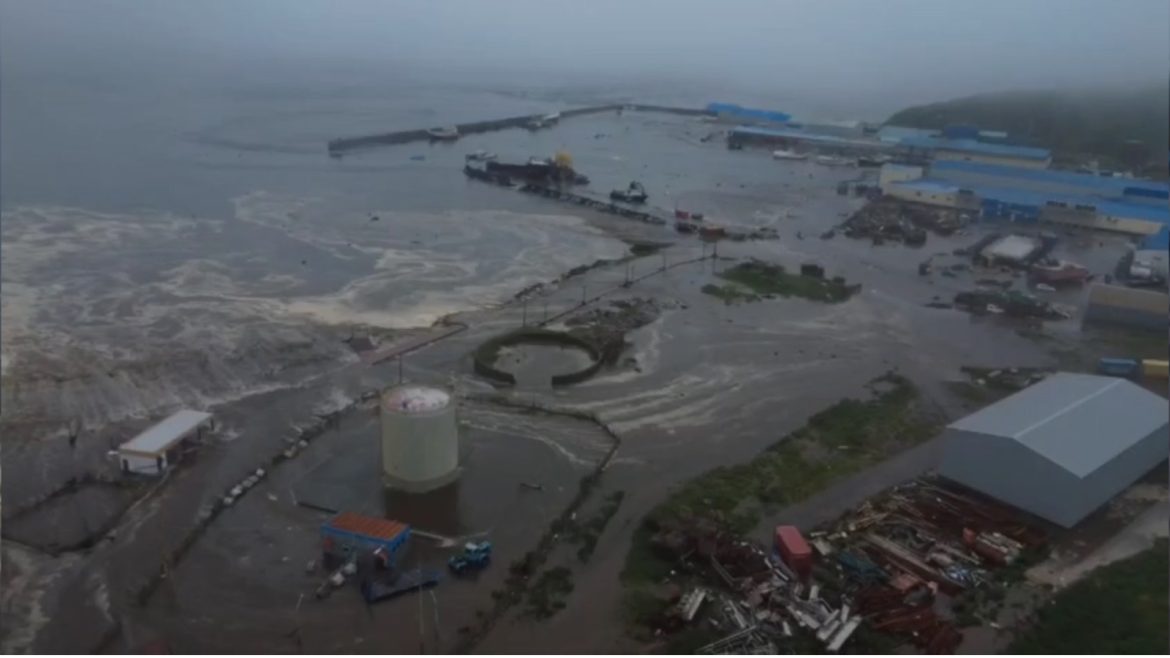A magnitude 8.8 earthquake struck off the coast of Russia’s Kamchatka Peninsula, according to geological monitoring agencies.
The event triggered tsunami warnings in nearby coastal regions. Authorities issued tsunami alerts for affected areas and began emergency response protocols. Local and international agencies are monitoring the situation for further developments.
The Kamchatka Peninsula has experienced several major earthquakes in the past, including a magnitude 9.0 event in 1952. The current earthquake is among the strongest recorded globally, ranking as the sixth most powerful according to available historical data.
Other high-magnitude earthquakes include the 1960 Chile earthquake (magnitude 9.5), the 1964 Alaska earthquake (9.2), the 2004 Indian Ocean earthquake (9.1), and the 2011 Japan earthquake (9.0).
As of this report, assessments of the earthquake’s local impacts are ongoing. Emergency management agencies are coordinating response efforts and issuing public updates.
The earthquake occurred in a subduction zone, an area where tectonic plates converge. These zones are known for producing high-magnitude seismic activity. Seismologists continue to study the event to gather more information.
No casualty or damage reports have been confirmed at this time. Authorities are advising residents in coastal areas to follow official instructions and stay informed through authorized channels.


